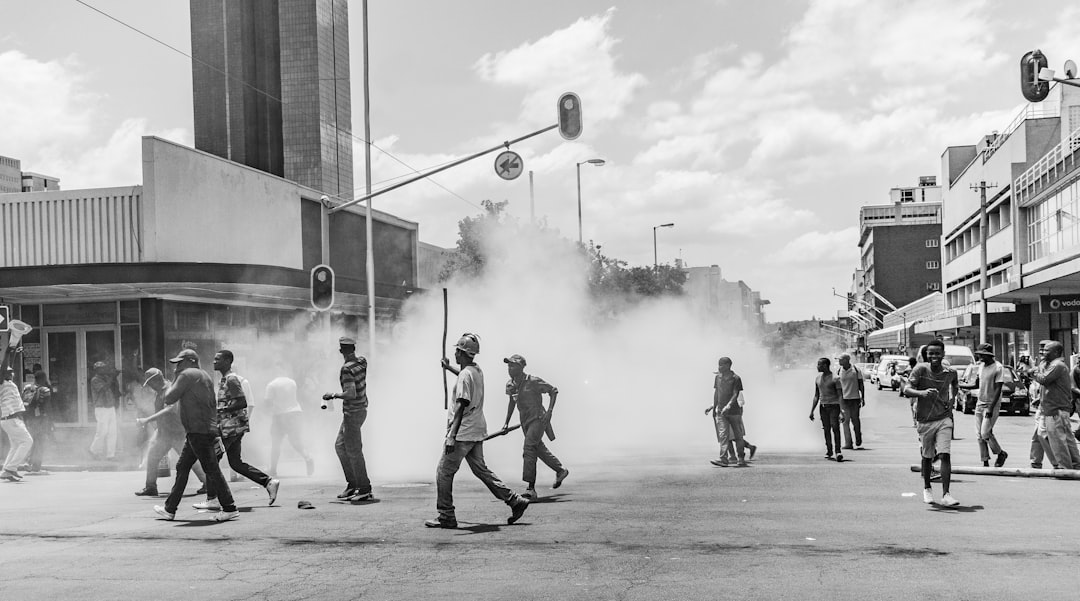What is it about?
This article describes some ways in which I integrate the practice of filmmaking into courses that are designed to be primarily focused on writing and analyzing film. It's about why I started doing this a while ago, and the positive impact I've noticed on student writing and discussion of cinema. As I sit here writing this summary, though, I realize it needs an update! Technology changes so quickly, and my practice has evolved quite a bit since I published this. Still, the underlying pedagogy has not changed, and I am still doing some form of these practices in all my classes. Students' technology needs and abilities have changed and I've gotten better at the implementation. Feel free to get in touch with me at UVA if you are interested.
Featured Image
Why is it important?
This work is important because it describes how involving students in the process of creation improves their critical analysis and their writing, because they no longer take images/audiovisual material for granted.
Perspectives
As I sit here writing this summary for Kudos, I realize this article needs an update! Technology changes so quickly, students' technology needs and abilities have changed, and my practice has evolved quite a bit since I published this (I'm better at the implementation now). Still, the underlying pedagogy has not changed, and I am still doing some form of these practices in all my classes. I really do believe that students, now more than ever, need to learn to "see" differently; they are so used to "consuming" large volumes of audiovisual material quickly and not really "seeing" much. Feel free to get in touch with me at UVA if you are interested.
Dr Alison J Murray Levine
University of Virginia
Read the Original
This page is a summary of: Teaching Film and Filmmaking in a Second Language, New Directions for Teaching and Learning, March 2015, Wiley,
DOI: 10.1002/tl.20123.
You can read the full text:
Contributors
The following have contributed to this page










